Stabilize the shoulders and activate the root of the torso to ascend (including Virabhadrasana II, Pincha Mayurasana, Dhanurasana and more)
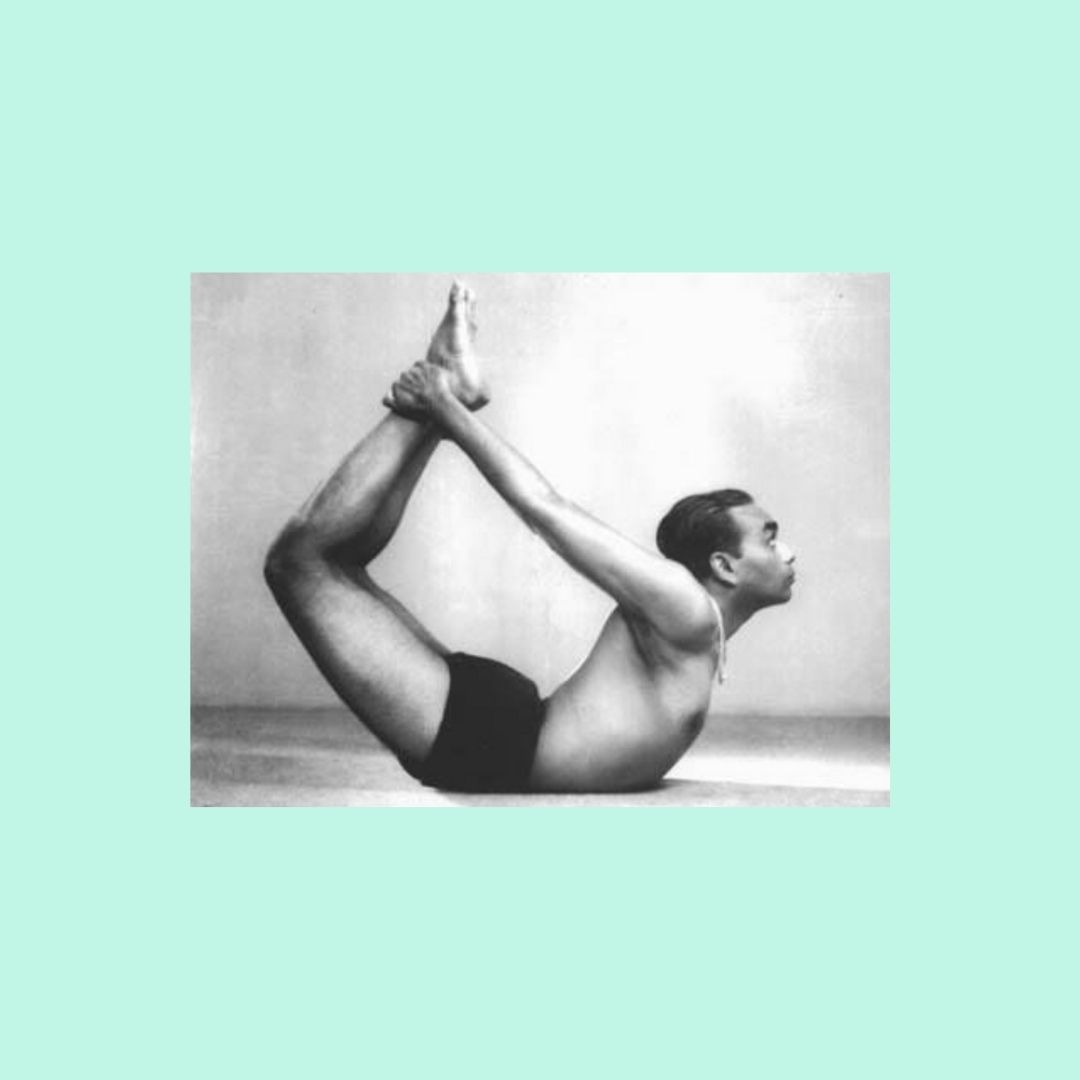

Stabilize the shoulders and activate the root of the torso to ascend (including Virabhadrasana II, Pincha Mayurasana, Dhanurasana and more)

Work the hands and fingers to activate the upper body and find access to approaching Handstand.

Isolate the inner thighs to lengthen the back in standing poses and maintain hip neutrality in backbends (including Utthita Trikonasana, Virabhadrasana I, Salabhasana, chair Sarvangasana)
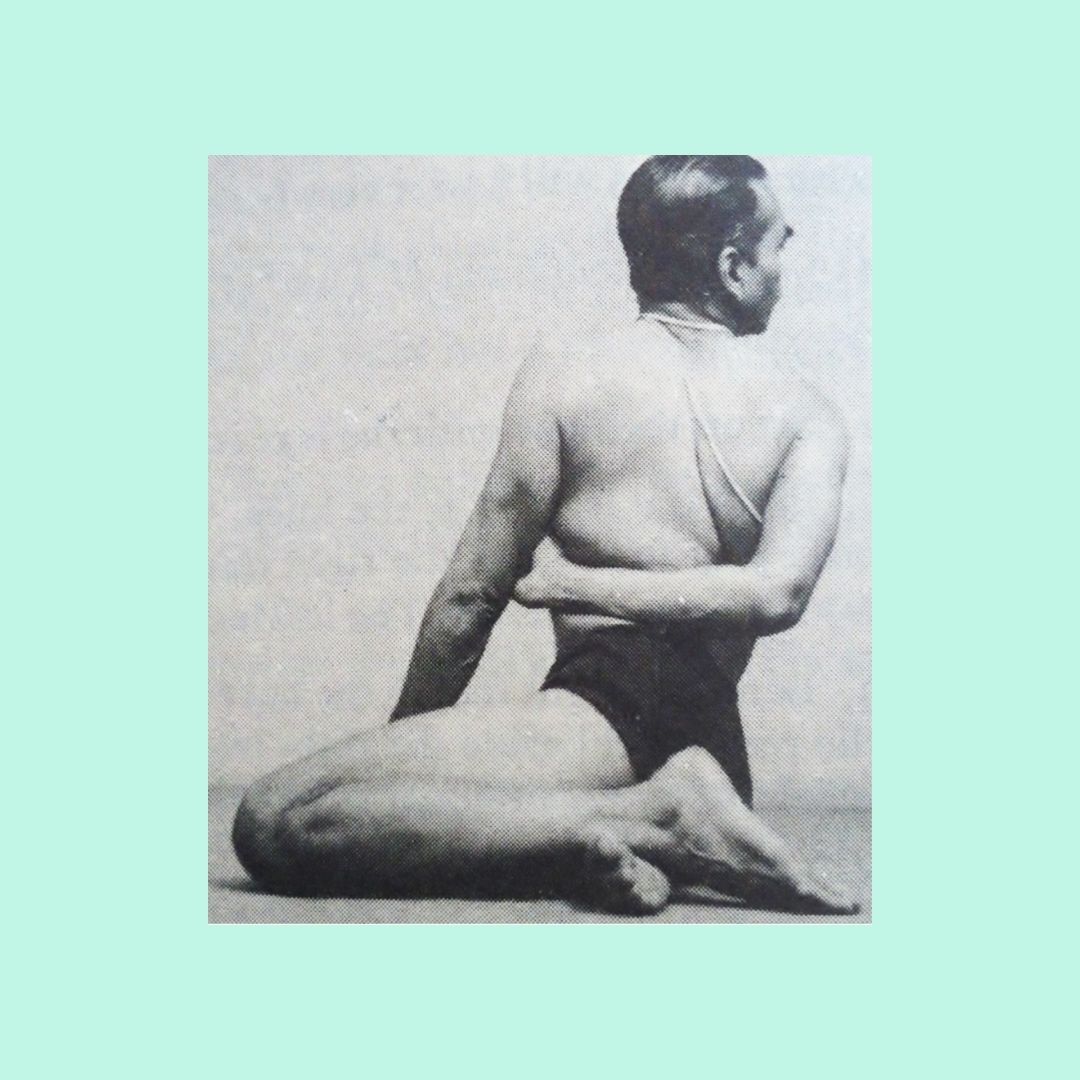
Find inner alignment through the subjective experience of asana in standing, sitting, twisting and back-bending asanas (including Bharadvajasana I, Virabhadrasana I, Ustrasana and more)

Find your “backbone” of support to uplift yourself in balancing, standing and back bending asanas (including Virabhadrasana I, Salabhasana, Urdhva Mukha Svanasana and more)

Lengthen, widen and create the conditions for freedom in the breath in supported asanas (using props) to maintain form with minimal effort (including Uttanasana, Viparita Karani Sirsasana, Supported Viparita Dandasana and more)

Prepare to reach your target in the archer pose (including Supta Padangusthasana, Janu Sirsasana and Akarna Dhanurasana)
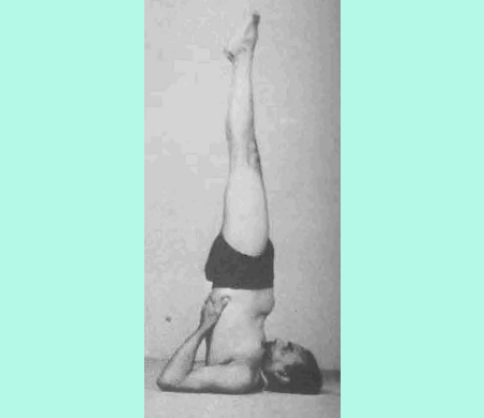
Work on shoulders and wrists in arm variations and learn to stand on the shoulders in Shoulderstand/Sarvangasana (including Paschima Namaskarasana, Chatush Padasana, Salamba Sarvangasana)
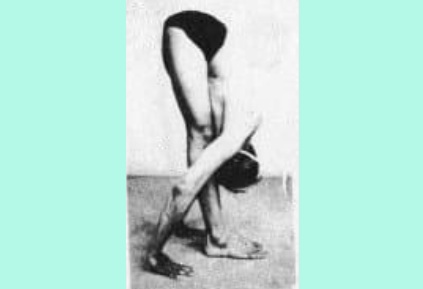
Balance the earth and air elements in asana (including standing poses, inversions, Ardha Mastyendrasana and Upavistha Konasana)
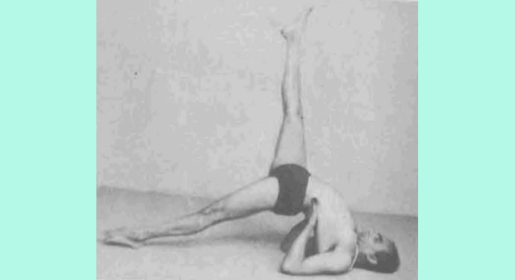
Strengthen around the hips while lengthening the inner legs to create stability and space in the joints (including Utthita Parsvakonasana, Virabhadrasana III w/ support, Eka Pada Setubandha Sarvangasana and more).
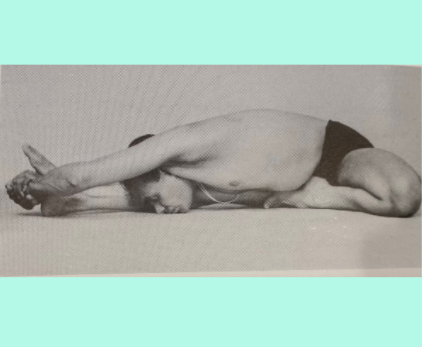
Using the sides of the body in forward extensions (including Supta Padangusthasana, Utthita Trikonasana, Janu Sirsasana and more)
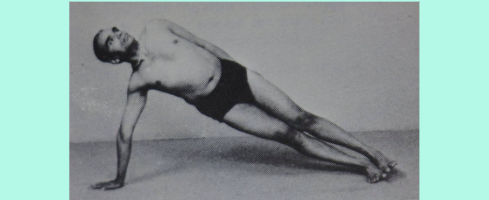
Activate the upper back and make space in the lumbar (including Virabhadrasana I, Vasistasana, Halasana)
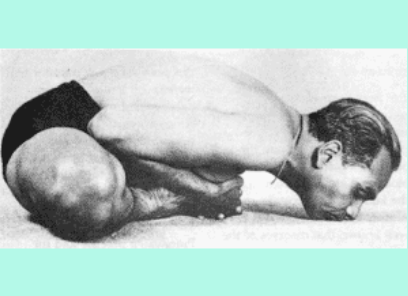
Lengthen the groins in supine, seated and standing asanas (including Supta Padangusthasana, Vrksasana, Baddhakonasana, and more)
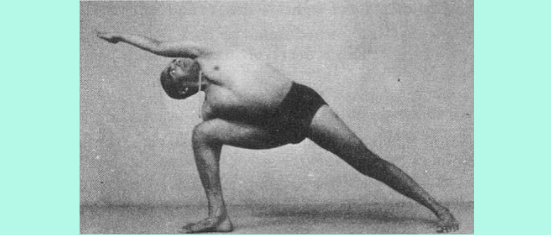
Extending and Expanding in standing and seated poses (including Utkatasana, Utthita Parsvakonasana, Parivrtta Upavistha konasana and more)
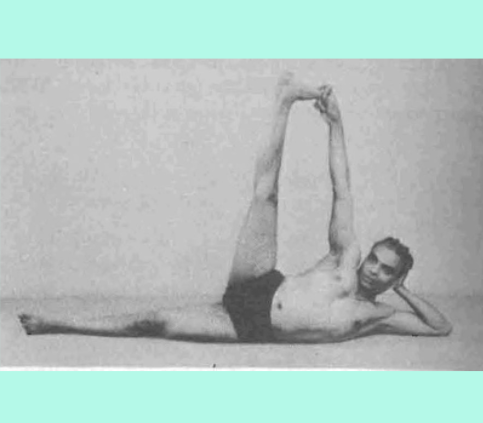
Bring evenness to the banks of the spine (including Parighasana, Anantasana, Ekapada Setubandha)
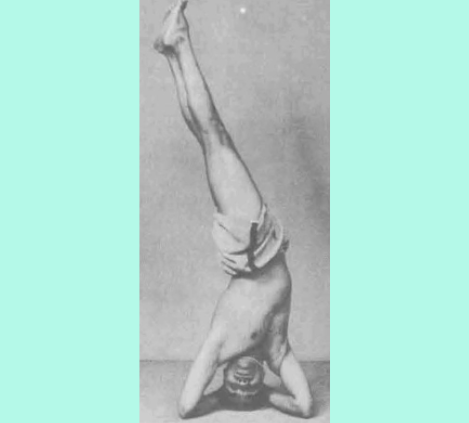
Use the hips and legs to Involve the whole torso in rotation (including Parivrtta Trikonasana, Parsva Sirsasana, Ardha Matsyendrasana I, Parsva Halasana, and more).
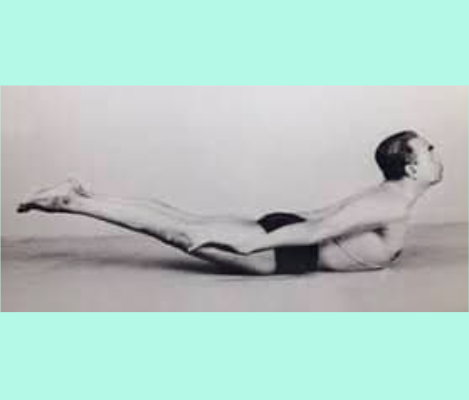
Prepare the shoulders, hips and spine for back-bending (including Parsvottanasana, Bhekasana, Salabhasana, and more)
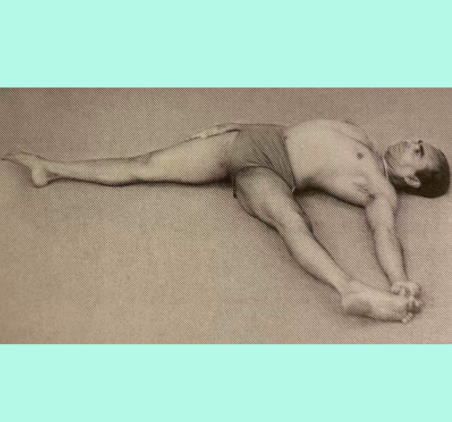
Widen the pelvis in supine standing and seated poses (including Supta Padangusthasana, Ardha Chandrasana, Baddhakonasana and more)
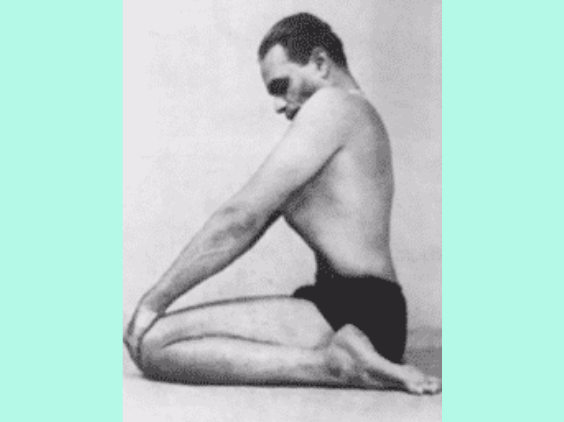
Gain access to the pelvic cavity through the breath in different asanas (including Urdhva Prasarita Padasana, Supta Virasana, Chair Sarvangasana, and more)
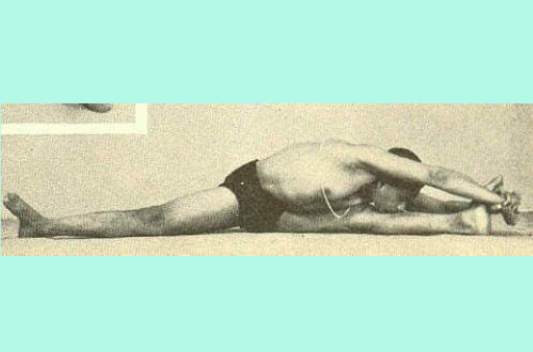
Separate the sternum from the abdomen in order to find the aspect of maintaining in forward extensions (including Supta Baddhakonasana, Parsvottanasana, Parsva Upavistha Konasana and Paschimottanasana)